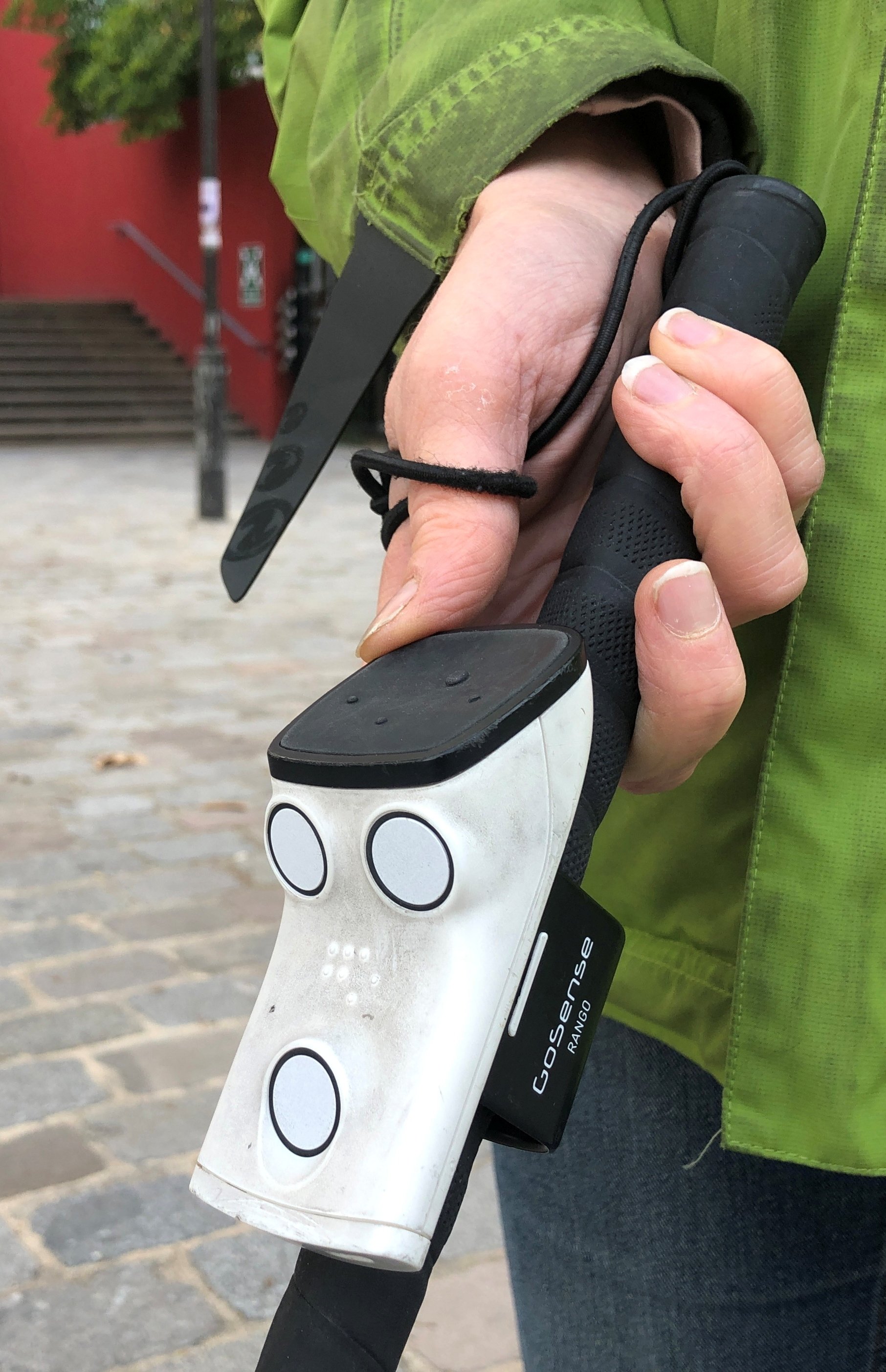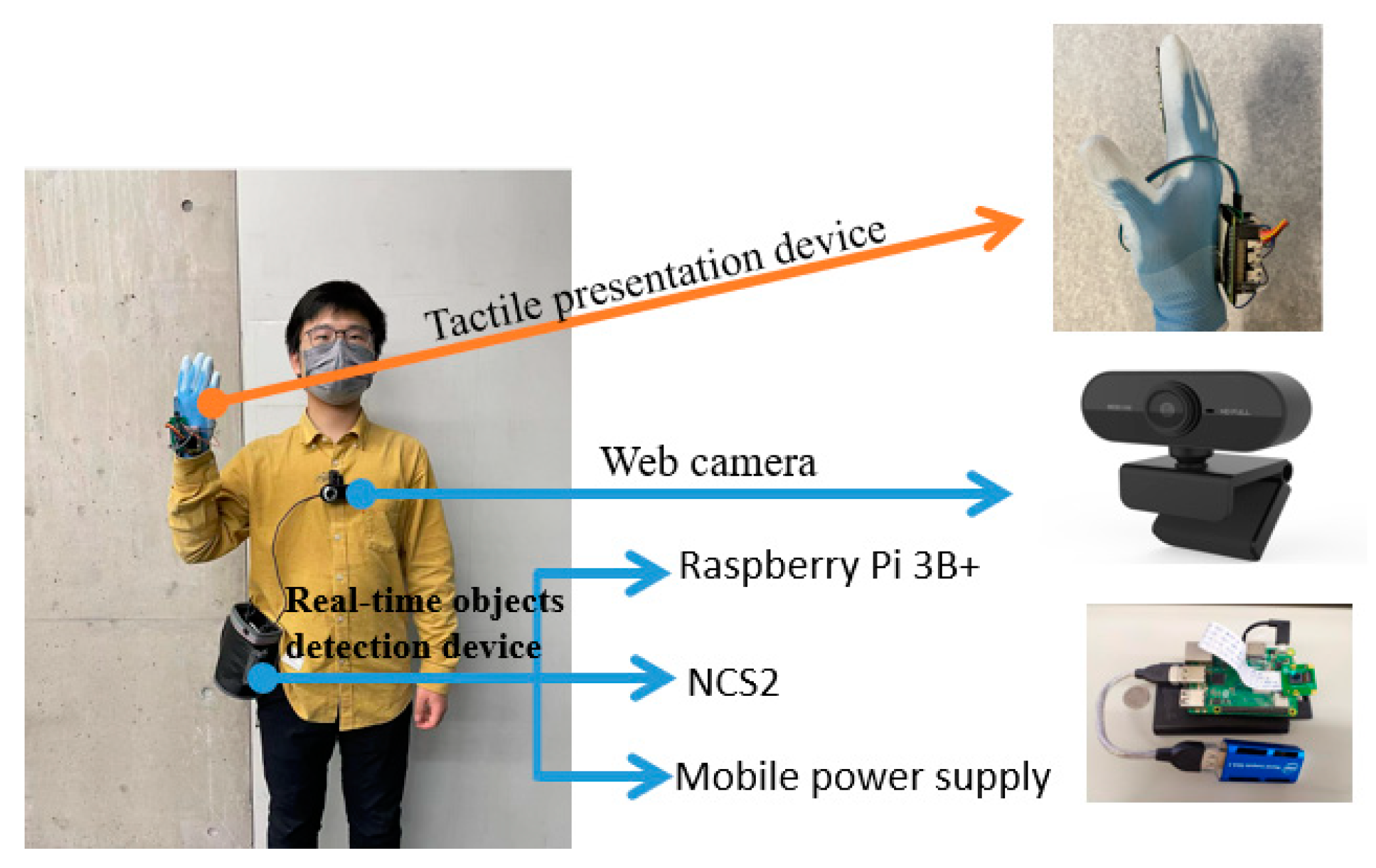Mobility Aids for Visually Impaired Users: Navigating the World with Confidence
Mobility Aids for Visually Impaired Users: Navigating the World with Confidence
Blog Article
Discover Innovative Tools Designed for the Visually Damaged
The advancement of innovative tools for the visually damaged stands for a considerable development in access and self-reliance. Technologies such as smart glasses with AI capacities and mobile applications designed to provide acoustic summaries are improving daily experiences for users.
Smart Glasses for Navigation

Smart glasses made for navigation are transforming the method visually impaired people communicate with their setting. These advanced devices use a mix of cam modern technology, expert system, and acoustic comments to supply real-time details concerning environments. By employing barrier detection systems, wise glasses can alert users to prospective risks, enabling safer mobility in both strange and familiar settings.
The assimilation of GPS modern technology additionally improves navigation capacities, enabling users to receive auditory directions as they move. This hands-free strategy not just promotes independence yet likewise empowers aesthetically impaired individuals to browse metropolitan landscapes with increased self-confidence. Furthermore, many clever glasses are furnished with features that recognize sites and street indications, providing contextual information that enhances the customer experience.
In addition, the growth of these tools is continuously advancing, with companies functioning to improve the accuracy of object recognition and increase the variety of navigational attributes. As wise glasses become a lot more accessible and cost effective, they hold the prospective to significantly transform everyday life for aesthetically damaged customers. Eventually, these ingenious devices represent an essential step towards inclusivity, offering boosted movement and a better sense of autonomy for people navigating the globe around them.

Mobile Apps for Daily Living
Exactly how can mobile applications improve the day-to-days live of visually impaired people? Mobile apps are revolutionizing the way aesthetically damaged customers browse their settings, handle everyday tasks, and accessibility info. These applications offer important assistance with various functionalities, fostering self-reliance and boosting quality of life.
Several ingenious mobile applications are created particularly for daily living. Applications like Be My Eyes connect aesthetically impaired users with sighted volunteers through video telephone calls, allowing them to get real-time aid with jobs such as reading tags or browsing unfamiliar rooms. Seeing AI, established by Microsoft, uses synthetic intelligence to describe surroundings, reviewed text, and identify items, successfully transforming a mobile phone into an effective tool for daily help.
In addition, navigating applications tailored for the visually damaged, such as Aira and BlindSquare, provide audio-based instructions and ecological info, enabling users to traverse their environments securely and confidently. Past navigation and instant assistance, mobile apps likewise support company and job administration, with functions that help customers establish pointers, produce to-do listings, and track consultations. In summary, mobile applications function as vital sources, empowering aesthetically damaged people to lead even more independent and meeting lives.
Wearable Technologies for Assistance
Empowerment through technology is increasingly apparent in the realm of wearable gadgets developed to help aesthetically damaged people. These ingenious tools integrate effortlessly into day-to-day live, boosting navigating and providing important comments to individuals. For circumstances, clever glasses equipped with cameras can recognize faces and check out text out loud, permitting users to communicate more confidently in social and specialist settings.
An additional noteworthy improvement is using haptic responses systems in wearable tools. These systems use resonances or various other responsive signals to share information regarding the user's setting, such as challenges or changes in surface, improving mobility and safety. Wearable technologies also consist of wristbands that connect to smart devices, notifying users to notices with subtle resonances, hence improving connectivity without reliance on visual hints.
As these technologies remain to develop, they are not just improving freedom for visually damaged individuals however also cultivating a greater sense of incorporation in society. By linking the gap between challenges encountered in daily living and the possibility for autonomy, wearable modern technologies work as pivotal devices in the pursuit for equality and empowerment for those with aesthetic impairments.
Sound Description Devices
Audio summary devices play a vital role in improving access for visually impaired people, giving them with the ability to engage with aesthetic media. AI-powered visual aids. These devices supply narrated summaries of crucial visual aspects in films, television programs, and live performances, making certain that users can totally comprehend the context and emotions shared via visuals
Audio summary can be integrated into different systems, including streaming services, movie theater testings, and live cinema. Many prominent streaming solutions currently consist of audio summary as an ease of access function, permitting visitors to choose it conveniently. Along with on line glasses traditional media, specialized apps likewise exist, supplying audio summaries for art events, galleries, and various other social occasions.
The performance of audio summary rests on the ability of the storytellers, that have to share aesthetic information succinctly without diminishing the initial sound. Technologies in this area are additionally leading the way for more customized experiences, where customers can adjust the degree of detail and pacing according to their preferences.
Braille Innovations and Tools
Braille tools and developments have actually significantly transformed the way aesthetically damaged individuals engage with message and information. Modern improvements have led to the growth of flexible tools that improve proficiency and independence among individuals. Especially, Braille display innovations have actually advanced, permitting dynamic reading experiences. These gadgets transform digital message right into Braille, enabling customers to access a substantial array of info on smart devices, tablet computers, and computers.
Furthermore, portable Braille notetakers integrate conventional Braille input with modern capabilities, assisting in note-taking, organizing, and file editing on important source the go. Screen readers for the blind. These small devices often include text-to-speech abilities, bridging the void in between Braille and auditory details
In addition, innovative Braille printers have actually emerged, permitting individuals to produce Braille tags, papers, and academic products effectively. This access promotes better involvement in professional and academic environments, inevitably promoting inclusivity.
Additionally, study into smart Braille innovations remains to expand. Tools that integrate man-made intelligence are being explored to give real-time navigation aid and contextual information, boosting the user experience in diverse setups. In general, these technologies reflect a dedication to empowering visually damaged people through innovation, ensuring they can conveniently access and engage with the globe around them.

Final Thought
The improvement of innovative devices for the visually impaired dramatically boosts independence and high quality of life. These innovations not just foster higher addition but also advertise freedom in everyday activities, eventually contributing to a much more fair and available culture for visually damaged people.
As smart glasses end up being extra available and affordable, they hold the prospective to considerably change daily life for visually impaired customers. Mobile apps are transforming the means aesthetically damaged customers navigate their environments, handle day-to-day jobs, and accessibility information. Applications like Be My Eyes attach visually impaired fyi eye doctors individuals with sighted volunteers by means of video clip telephone calls, allowing them to receive real-time support with tasks such as checking out tags or browsing strange rooms.In addition, navigation apps tailored for the visually damaged, such as Aira and BlindSquare, offer audio-based directions and ecological information, allowing users to traverse their environments securely and with confidence.The advancement of innovative tools for the visually impaired considerably boosts freedom and top quality of life.
Report this page